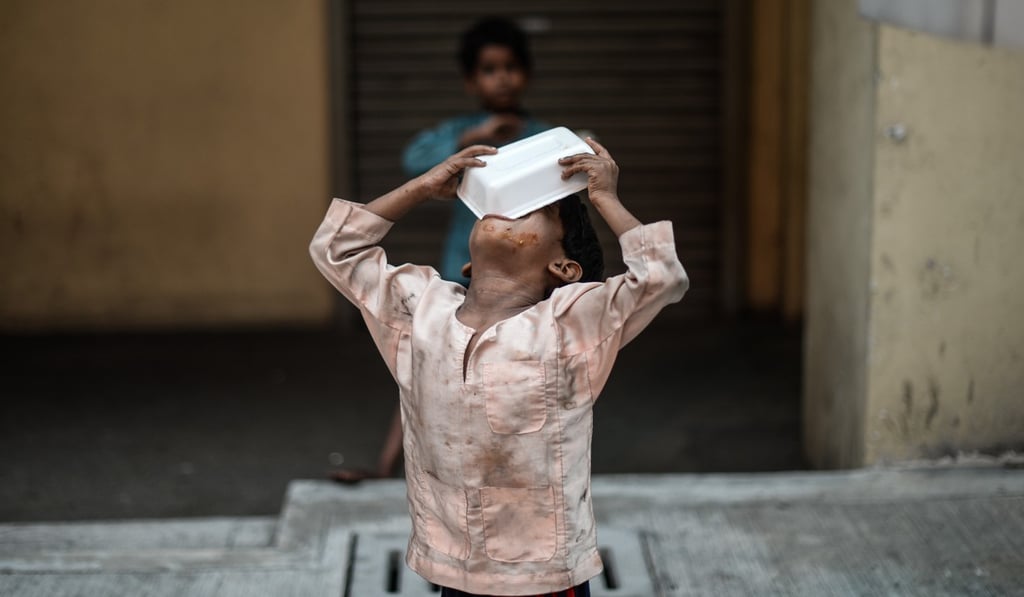Why are children going hungry in rich Malaysia?
A study by the UN children’s programme shows youths living in Malaysia’s US$30-a-month public housing units suffer more from stunting than those in Ghana – despite its GDP per capita being six times higher

Public housing in Malaysia is cheaper than a night out in one of Kuala Lumpur’s swanky bars: a single subsidised unit’s monthly rent is a mere US$30.
Aimed at families making less than 3,000 ringgit (US$766) a month, as many as 80,000 households have settled into these high-rise housing estates under the government’s Public Housing Projects (PPR). There is even a rent-to-own scheme available, providing subsidised rates for those who do not qualify for loans or other financial help.
Targeting those in the bottom 40 per cent household income group, PPRs are synonymous with low-income families and overcrowding. However, a study from Unicef released last week revealed that conditions in these flats are taking a direct toll on the children who live, play, and learn in them.
One of 60 million: life as a ‘left-behind’ child in China
Despite a national poverty rate of less than one per cent, compared with India’s poverty rate of 20 per cent, the children in these low-cost flats face high rates of malnutrition and poverty, with 99.7 per cent living in relative poverty and seven per cent in absolute poverty.

The study surveyed 16 low-cost housing projects in Kuala Lumpur and Selangor and interviewed 966 heads of household, which are home to 2,142 children.
It found that 22 per cent of children below the age of five are stunted, 15 per cent are underweight, 20 per cent wasting (acute malnutrition) and 23 per cent are overweight or obese. Stunting, or impaired growth stemming from poor nutrition and inadequate psychosocial stimulation, can dramatically affect a child’s cognitive abilities in later life.